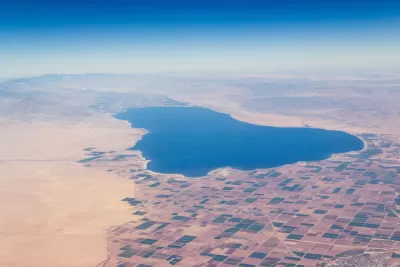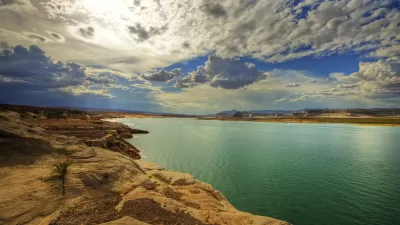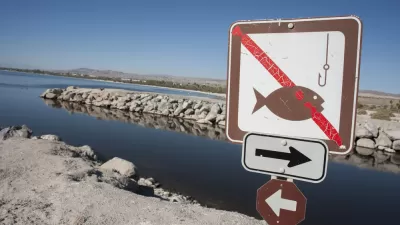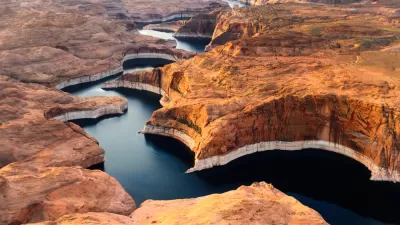An unprecedented, but deeply controversial, agreement changes the equation for the Colorado River and the Salton Sea.

The Imperial Irrigation District (IID) agreed to a landmark agreement that will leave some Colorado River water in place and fund large restoration projects on the troubled Salton Sea.
According to an article by Janet Wilson, the deal between IID and the U.S. Department of Interior, the California Natural Resources Agency, and the Coachella Valley Water District “could yield as much as $250 million for Salton Sea restoration projects.” In exchange, IID agrees not to use 250,000 acre-feet of Colorado River water.
“The vote came despite livid objections from Imperial County farmers and environmental groups, who questioned why such a major agreement was being voted on just 24 hours after it was made public, and four days before two newly elected board members are slated to be sworn in to the five-member panel,” according to Wilson.
Supporters of the agreement on the IID board say the deal yields the first fiscal support from federal and state agencies for Salton Sea restoration after years of water cuts.
“The sea is dependent on runoff from Colorado River water provided to farms along its shores for its continued existence. Since 2003, a series of agreements have diverted large amounts from the farms and the lake to urban areas,” explains Wilson.
The Colorado Rover is facing historic water shortages that threaten water supply for agricultural and urban users up and down the river’s massive watershed.
FULL STORY: IID approves possible $250 million Salton Sea deal with feds, state

Maui's Vacation Rental Debate Turns Ugly
Verbal attacks, misinformation campaigns and fistfights plague a high-stakes debate to convert thousands of vacation rentals into long-term housing.

Planetizen Federal Action Tracker
A weekly monitor of how Trump’s orders and actions are impacting planners and planning in America.

Chicago’s Ghost Rails
Just beneath the surface of the modern city lie the remnants of its expansive early 20th-century streetcar system.

Bend, Oregon Zoning Reforms Prioritize Small-Scale Housing
The city altered its zoning code to allow multi-family housing and eliminated parking mandates citywide.

Amtrak Cutting Jobs, Funding to High-Speed Rail
The agency plans to cut 10 percent of its workforce and has confirmed it will not fund new high-speed rail projects.

LA Denies Basic Services to Unhoused Residents
The city has repeatedly failed to respond to requests for trash pickup at encampment sites, and eliminated a program that provided mobile showers and toilets.
Urban Design for Planners 1: Software Tools
This six-course series explores essential urban design concepts using open source software and equips planners with the tools they need to participate fully in the urban design process.
Planning for Universal Design
Learn the tools for implementing Universal Design in planning regulations.
planning NEXT
Appalachian Highlands Housing Partners
Mpact (founded as Rail~Volution)
City of Camden Redevelopment Agency
City of Astoria
City of Portland
City of Laramie





























